Introduction: A Legacy of Innovation – What’s Next for Lotus?
For over 70 years, Lotus Cars has been synonymous with lightweight engineering, cutting-edge performance, and a distinctive approach to car design. Known for producing some of the most iconic sports cars in automotive history, such as the Lotus Elise, Exige, and Evora, Lotus has earned its place as a niche manufacturer with a devoted following. But as the automotive world rapidly shifts towards electrification, sustainability, and increasingly competitive markets, the brand faces significant challenges.
Is Lotus, with its storied past and commitment to engineering excellence, capable of reinventing itself to remain a key player in the automotive world? Or will it fade into obscurity, overwhelmed by larger and more resource-rich competitors? This article will explore the current state of Lotus, examine its technological innovations, look at its upcoming models, and assess the broader landscape that could shape its future success.
1. The History of Lotus: A Foundation of Engineering Excellence
The Birth of Lotus: Colin Chapman’s Vision
Lotus was founded in 1952 by Colin Chapman, a visionary engineer and entrepreneur who saw motorsport as a platform to develop lightweight, high-performance cars. Chapman’s mantra of “simplify, then add lightness” became the cornerstone of the company’s design philosophy. This principle not only defined the company’s cars but also shaped Lotus’ role in the broader motorsport world.
Chapman’s early innovations in car design were groundbreaking. One of the company’s first major successes, the Lotus Mk1, introduced the world to the company’s signature lightweight approach, featuring a minimalist body and a focus on agile handling rather than raw power. This laid the groundwork for Lotus to develop cars that would disrupt the automotive landscape.
Iconic Early Models: The Lotus Seven and the Elan
Lotus’ early models helped cement the company’s reputation for performance-oriented vehicles. The Lotus Seven, launched in 1957, became one of the most iconic cars of its time. Its simple, no-frills design and low weight were revolutionary. The car’s success was also driven by its strong motorsport pedigree, as it was raced extensively in events like the Formula Junior series.
In the 1960s, the Lotus Elan was introduced, a model that showcased Lotus’ ability to combine lightness with comfort and sophistication. The Elan was a breakthrough in terms of handling, driving dynamics, and overall design, and it influenced future generations of sports cars, including the Mazda MX-5.
2. Lotus and Motorsport: The Pioneering Spirit
Formula 1: Lotus’ Engineering Mastery on the Global Stage
Lotus’ success in Formula 1 was perhaps the brand’s most defining period. In the 1960s and 1970s, Lotus became a dominant force in motorsport, with Chapman’s cars revolutionizing F1 technology. Lotus introduced innovations such as the monocoque chassis, which became the standard in the industry, and the ground effect aerodynamics that changed the way race cars were designed.
Under Chapman’s leadership, Lotus F1 cars, driven by legends such as Jim Clark, Graham Hill, and Mario Andretti, racked up numerous championships. The brand’s emphasis on cutting-edge engineering and driving precision allowed it to punch above its weight, despite being a smaller player in a sport dominated by giants like Ferrari and Mercedes-Benz.
Lotus’ Enduring Impact on Motorsports
The legacy of Lotus in motorsport continues to inspire car manufacturers today. Chapman’s philosophy of reducing weight and maximizing efficiency led to innovations that still influence Formula 1 design and performance. Beyond F1, Lotus also played a pivotal role in various other motorsport categories, including endurance racing and rallying.
Though Lotus no longer enjoys the same level of dominance in motorsports, the brand’s technical know-how continues to shape its road cars, helping maintain its reputation for producing agile, high-performance vehicles.
3. Lotus’ Design Philosophy: Lightweight Engineering and Driving Purity
The Philosophy of Lightness: Why It’s More Than Just Weight Reduction
Lotus’ design philosophy revolves around one central idea: lightweight engineering. The rationale behind this is simple: a lighter car accelerates faster, handles better, and provides a more direct and rewarding driving experience. By focusing on reducing weight, Lotus engineers have been able to create cars that are agile, responsive, and thrilling to drive, without necessarily relying on high-powered engines.
This philosophy has been the driving force behind some of Lotus’ most celebrated models, including the Lotus Elise, Exige, and Evora. The Elise, for example, is known for its featherlight construction, with a curb weight of just 1,900 lbs (860 kg), which gives it exceptional handling and a raw, unfiltered driving experience.
Innovation in Materials: The Role of Composite and Aluminum
One of the key factors in achieving the lightweight design that Lotus is famous for has been the use of advanced materials. The company has long been a pioneer in the use of fiberglass and carbon fiber composites, and in more recent years, it has embraced aluminum in the construction of its chassis and bodywork.
Lotus continues to push the boundaries of lightweight construction in order to extract the best performance possible from its cars. For instance, the Lotus Evija, an all-electric hypercar, utilizes a carbon fiber monocoque chassis, which helps keep the weight low while maintaining structural integrity and safety.
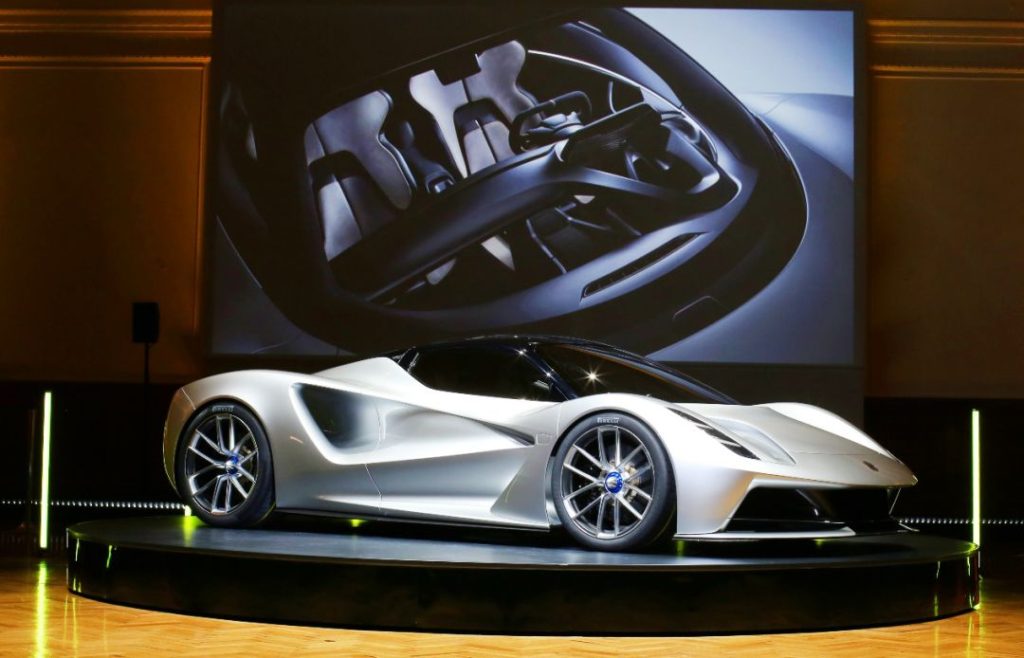
4. The Rise of Electric Lotus: A New Era of Performance and Innovation
The Electric Revolution: What’s Next for Lotus’ Performance Cars?
Lotus has always been a brand associated with performance, but the shift towards electric vehicles (EVs) represents a significant departure from the company’s traditional internal combustion engine (ICE) models. The unveiling of the Lotus Evija in 2019 was a watershed moment for the brand, as it marked Lotus’ entry into the electric hypercar market.
The Evija is one of the world’s most powerful electric cars, boasting nearly 2,000 horsepower from its quad-motor setup. With a top speed exceeding 200 mph and the ability to accelerate from 0 to 60 mph in less than 3 seconds, the Evija pushes the boundaries of what’s possible for an electric vehicle in terms of performance.
The Future of Electric Lotus Models: Evija and Beyond
The Evija represents the first step in Lotus’ shift toward electrification. However, this is just the beginning. As part of the company’s broader strategy, Lotus plans to expand its electric offerings, including future performance models and electric versions of its iconic cars, like the Elise and Exige.
With the global automotive industry increasingly prioritizing sustainability and reduced emissions, Lotus’ push into the electric realm could position the brand as a leader in high-performance EVs. The company’s focus on lightweight engineering will continue to be an asset in the EV space, where battery weight is one of the biggest challenges.
5. Current Lotus Models: Innovation Meets Tradition
The Lotus Elise: A Timeless Classic
The Lotus Elise has been in production since 1996 and is one of the company’s most iconic models. Despite its relatively low power output compared to competitors, the Elise’s lightweight construction and agile handling have made it a favorite among driving enthusiasts.
The Elise’s enduring appeal lies in its purity—its no-nonsense approach to performance and its emphasis on driving dynamics over technology or luxury features. With updates to the design and the introduction of newer models, the Elise continues to be a beacon of lightweight performance.
The Lotus Exige: Hardcore Performance for Enthusiasts
The Exige takes the Elise’s philosophy a step further, offering a more aggressive design and enhanced performance capabilities. Known for its razor-sharp handling and powerful engine options, the Exige is a true driver’s car, focused entirely on performance.
The Exige has found a dedicated fanbase among track-day enthusiasts and those looking for a more raw and uncompromising driving experience. With various iterations and special editions, the Exige remains an integral part of Lotus’ performance lineup.
The Lotus Evora: The Roadcar for the Road and Track
The Lotus Evora is the brand’s entry into the grand touring segment, offering a more comfortable, yet still performance-oriented alternative to the Elise and Exige. With a more refined interior and more powerful engine options, the Evora is ideal for those seeking a versatile Lotus that can handle both daily driving and high-performance track use.
6. Lotus in the Modern Automotive Industry: Challenges and Opportunities
Navigating the Challenges of the Global Auto Market
Lotus faces several challenges in the modern automotive industry. As a relatively small manufacturer, the company must compete with larger and more established automakers that have far greater resources. The rise of electric vehicles and the shifting market toward sustainability presents both an opportunity and a challenge for Lotus, which must balance its heritage of lightweight performance with the demands of a new, environmentally-conscious consumer base.
Additionally, the company faces fierce competition from established sports car manufacturers like Porsche, Ferrari, and Aston Martin, who also dominate the high-performance and luxury car markets. Lotus must differentiate itself through its unique design philosophy and commitment to engineering excellence.
The Road Ahead: Lotus’ Future Strategy
Lotus has already started to build a roadmap for its future, focusing heavily on electrification, lightweight performance, and sustainability. The success of the Evija marks an important shift, but Lotus’ future also lies in how it can adapt its iconic cars, like the Elise and Exige, to the electric era without losing the qualities that made them legendary.
Moreover, partnerships with larger entities—such as Geely, the Chinese automotive giant that owns a controlling stake in Lotus—could provide the resources and infrastructure needed for Lotus to thrive in the evolving automotive landscape.
Conclusion: Can Lotus Emerge Stronger from Its Reinvention?
Lotus’ journey has always been one of innovation and defiance of the conventional. With the shift toward electric vehicles, the brand finds itself at a crossroads, balancing its legacy of lightweight performance with the demands of the modern automotive world. Whether Lotus can successfully navigate the challenges ahead will depend on how well it can continue to evolve while staying true to the philosophy that made it a household name in the first place.
The future of Lotus will likely be defined by its ability to merge its historic principles of lightness, agility, and performance with cutting-edge electric technologies. If the brand can successfully reinvent itself for the electric age without compromising its essence, it could very well remain one of the most influential and revered names in the automotive world for years to come.



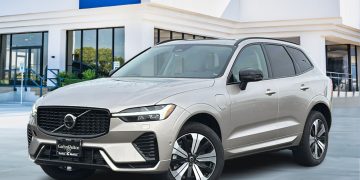


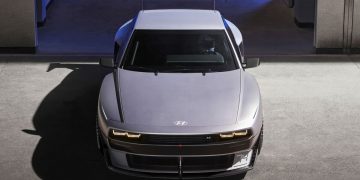
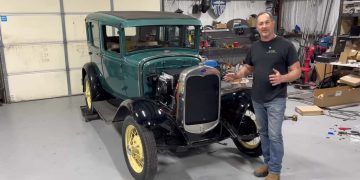

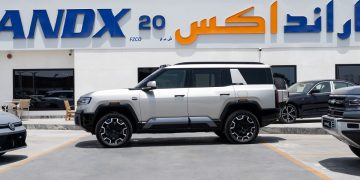

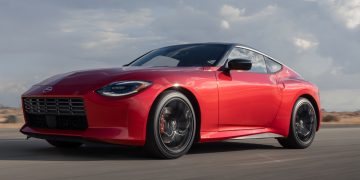
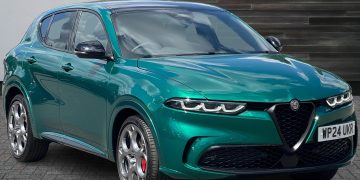





















Discussion about this post